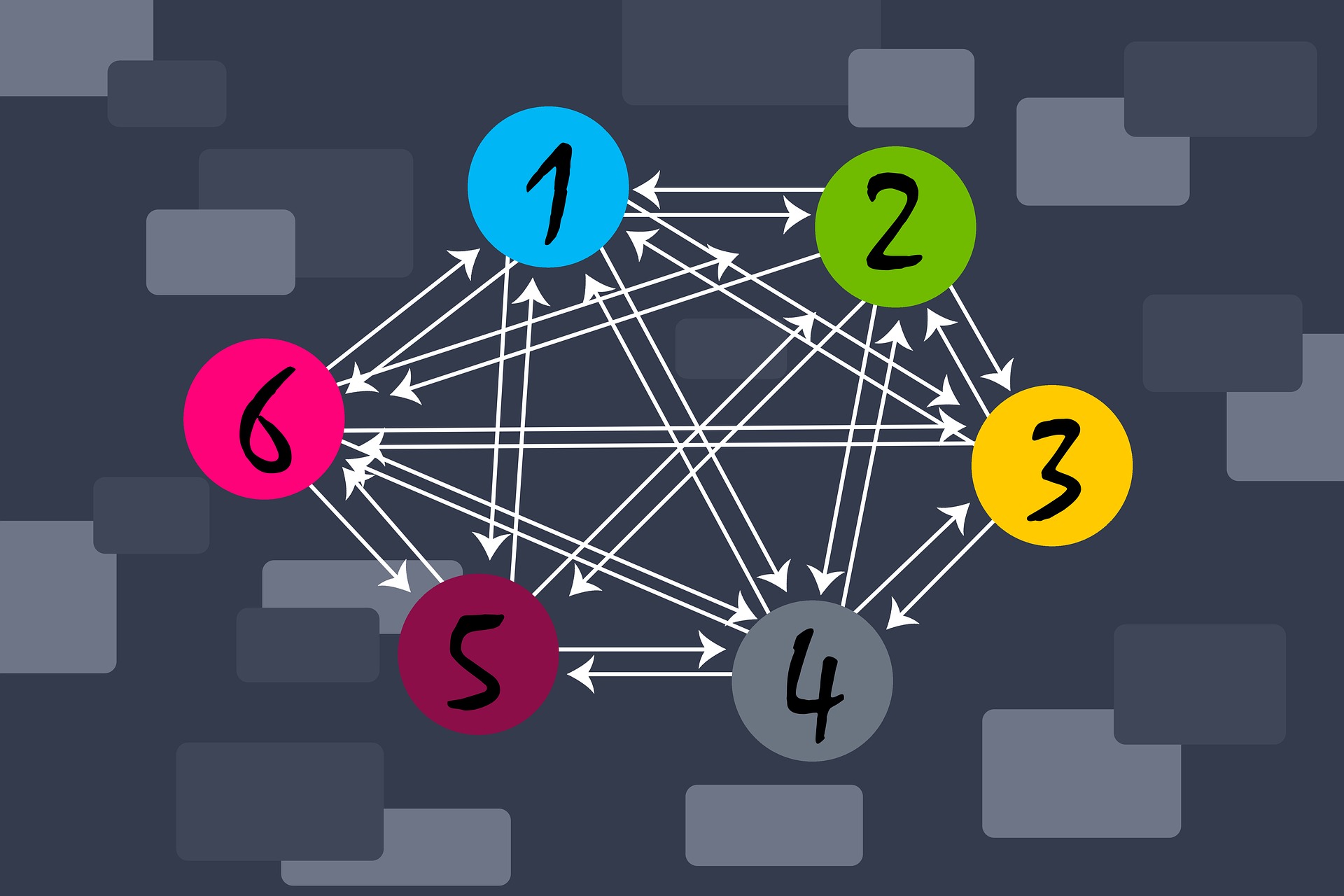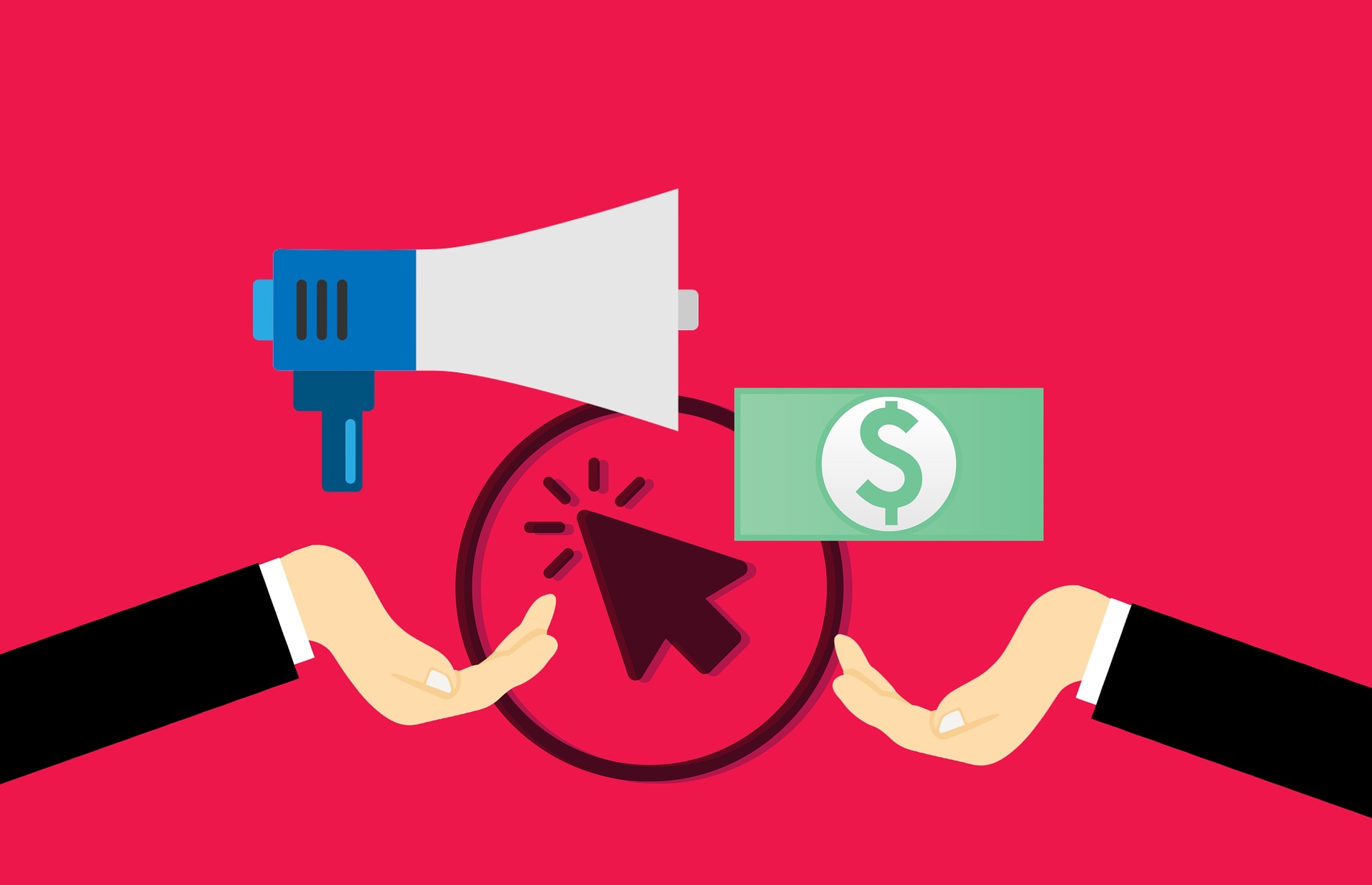
5 Tips for Creating Internal Links
Almost all well-crafted pages (blog posts) on the web have two kinds of links:
- External links — links that direct users to another website on the internet.
- Internal links — links that redirect users to another page on the same website they are on.
While external links (although useful) drive users out of your website, internal links help them keep on for longer. There are several benefits of having internal links. Some of those benefits are:
- Internal links often simplify website navigation for users.
- Internal links also help define the structure and hierarchy of your website and its various pages.
- Internal links from well-established pages to lower-ranked pages may also help pass the SEO juice.
- Internal links also pave a clear path for search engine crawlers.
As you can see, there are several benefits of creating internal links on a web page. Following are 5 tips for you to do it right.
1. Create a lot of related content
You cannot create a lot of internal links if you do not have related content to link to. Therefore, the first step is to create dozens of blog posts and content pieces that you can create links to. This gives you more opportunity to create links.
Moreover, creating relevant and related content is the key here. This not only helps with internal links, but it also helps with average on-page user time on the website, bounce rate, and engagement rate.
Use the Google Keyword Planner Tool and UberSuggest to find related content ideas.
2. Create links deep within your website
When creating internal links, try to link as deep as possible.
For instance, you can create a link to your home page. In some cases, it will make sense. However, most of the time, it won’t be the best practice to follow.
You would already have many links pointing to the homepage of your website. A better practice would be to find a relevant blog post or web page deep within your website’s hierarchy and link to that.
This will ensure two things:
- If all the links only point to your site’s homepage, it may appear spammy.
- Strengthening different pages with internal links will help boost the overall structure and SEO of your website.
3. Think from your website reader’s perspective
The internal links you create must be relevant and useful for your readers. To ensure that it always happens, think from the reader’s perspective.
If you were in their place, would you prefer a link to another page on your website that explains a certain thing in more detail?
If a link — external or internal — matches the context of the content, users are more likely to click on it. If it’s an internal link, the user will stay longer on your website because it was relevant for them.
Relevancy is important, as relevant links also send strong signals to search engine crawlers that you’re helping your readers.
4. Use dofollow links
There are two types of links you can create: dofollow links and nofollow links. For internal links, you can create ‘dofollow’ links.
A nofollow link is a link that does not pass the SEO juice, while a dofollow link does. Since you need to pass the SEO juice to the internal pages you are linking to, it is highly recommended that you only create dofollow links.
By default, all links are dofollow. However, make sure that you are not using the nofollow attribute when creating links. This is what it looks like:
<a href=”https://yourwebsite.com/ rel=”nofollow”>anchor text</a>
5. Be strategic with the anchor text
The last thing to remember is to be strategic with the anchor text you use for the internal links. It serves two purposes:
- Anchor text can help optimise the web pages for certain keywords. Therefore, you need to be diverse, descriptive, and contextual.
- Second, anchor text plays a crucial role in explaining to the user what the page is about. It’s the only way for a user to know that before clicking the link. Therefore, it is important to set the right expectations (to minimise exit rate) and encourage clicks with the right description.
Conclusion
Too many times, SEO professionals and content marketers focus on external links and backlinks. However, internal links also play a key role in the grand scheme of search engine optimisation.
Use the tips mentioned above to make sure you are doing it right.
Related Posts:








